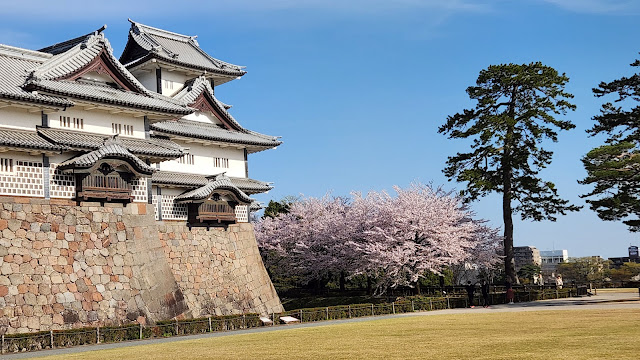 |
| Art or Photo? Can You Tell the Difference? |
Liu Yunsheng 刘云生
In the video below, the YouTube creator @Garden-of-Epicurus brings us into the captivating world of artist Liu Yunsheng, born in Laizhou City, China, in 1937. Liu began his artistic journey in the oil painting department of Shandong University of Arts, but his true passion resided in watercolor. After graduating in 1963, he became a researcher at the China Academy of Engineering Physics. However, it was after his retirement that he truly dedicated himself to watercolor painting.
Master of Watercolor and the Art of Soulful Expression
Watercolor painting demands a delicate touch, a keen eye for detail, and a great deal of patience, but Liu was up to the challenge. Chinese watercolor painting, which merges with the traditional style called "Danqing," possesses a unique elegance and sophistication. Liu did not confine himself to a single style or subject; he traveled extensively, particularly to Tibet, Xinjiang, and Qinghai, painting the breathtaking landscapes and people. From 1995 to 2010, he made 24 trips to these regions, spending up to two months at a time. His work is distinguished by the soul he infuses into each piece.
Every painting Liu creates serves a purpose. His art captures the essence of his subjects, from the innocent eyes of children to the weathered skin of the elderly, with a focus on textures. Some of his paintings blur the line between reality and illusion, blending freehand and realism seamlessly, like stepping into a dream where anything is possible.


















































